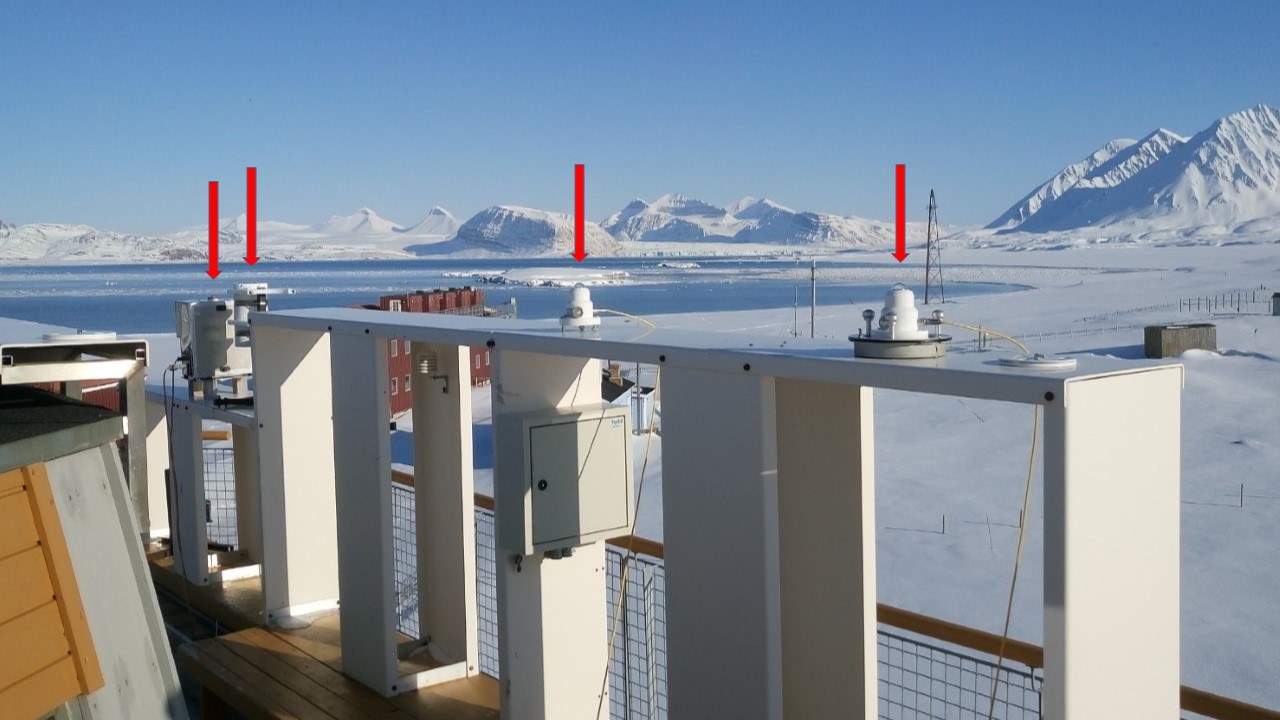SOLAR IRRADIANCE
Type of resources
Available actions
IADC Research Activities
Keywords
Contact for the resource
Provided by
Years
Formats
Representation types
Update frequencies
status
Scale
-

The main goal of the UV-ICARE project was to establish a network of UV-monitoring stations on Svalbard, which is optimally coordinated and homogenised. This implies harmonization of operational routines, data analysis and storage, including a thorough instrument inter-comparison. The latter was a central element of activities. In the inter-comparison campaign that took place in Ny-Ålesund from 17 to 23 April, 2018 participated (from left to right in the photo): 1.Narrow-band filter radiometer UV-RAD, managed by the Institute of Polar Science at the National Research Council, Italy (CNR-ISP). The instrument measures the erythemally weighted solar UV irradiance (UVE) and ozone column at Ny-Ålesund. 2.Filter GUV radiometer, produced by Biospherical Instr., operating under responsibility of the Norwegian Institute for Air Research (NILU). The radiometer provides solar UVE irradiance and ozone column at Ny-Ålesund. 3.Kipp & Zonen UVS-AE-T radiometer that measures UVE irradiance and operates at Hornsund station under responsibility of the Institute of Geophysics at the Polish Academy of Sciences (IGF-PAS). 4.Kipp & Zonen UVS-E-T radiometer that also provides solar UVE irradiance and works at Longyearbyen station, under management of Masaryk University (MU), Brno and University of South Bohemia (USB), Czech Republic. 5.Brewer #050 spectroradiometer (shown in the second picture) that provided UVE irradiance and ozone column as a reference instrument. The devise operates at Ny-Ålesund under responsibility of CNR-ISP. The inter-comparison resulted in very good agreement (±5 %) of the instruments involved, over most of solar zenith angles and weather conditions sampled, despite different technical specifications. On the basis of this campaign, it can be stated that all measurements in Ny-Ålesund, Hornsund and Longyearbyen are directly comparable at solar zenith angles < 80°.